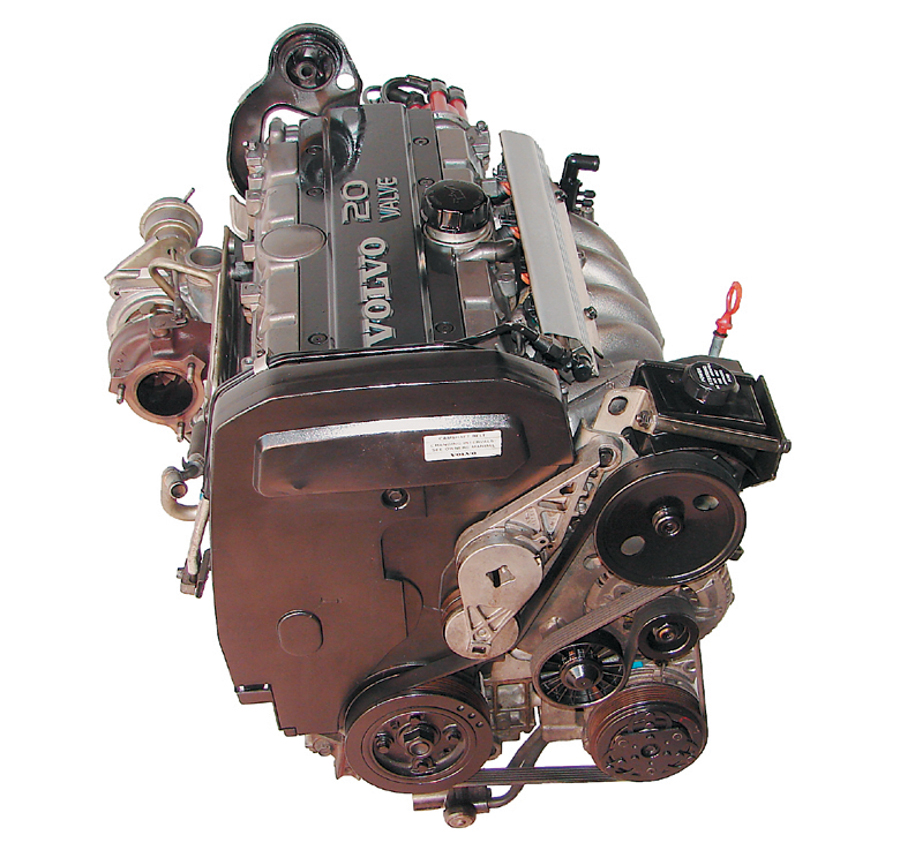The 1997 Volvo 850 R Engine: Is It the Best? A Deep Dive
The Volvo 850 R, a name whispered with reverence among car enthusiasts, particularly those with a soft spot for Swedish engineering and a penchant for turbocharged thrills. While the car itself, with its boxy silhouette and distinctive stance, holds its own legacy, the heart of the beast – the engine – is arguably the most compelling aspect. Specifically, the engine in the 1997 Volvo 850 R is often lauded. But does it truly live up to the hype? This article delves into the specifications, performance, and legacy of the 1997 850 R engine, exploring whether it deserves the title of “best.”
Unpacking the Powerplant: Engine Specifications
The 1997 Volvo 850 R was equipped with a high-performance version of the inline-five-cylinder engine that Volvo was known for. This engine, internally designated the B5234T4, was a significant step up from the standard 850 models. Here’s a breakdown of its key features:
- Engine Type: 2.3-liter (2319cc) inline-five-cylinder, turbocharged, and intercooled.
- Horsepower: 240 horsepower (179 kW) at 5200 rpm (some markets received a 250hp variant).
- Torque: 221 lb-ft (300 Nm) at 2100 rpm.
- Fuel System: Bosch Motronic 4.4 fuel injection.
- Compression Ratio: 8.5:1.
- Transmission: Available with either a 5-speed manual or a 4-speed automatic transmission.
- Key Features:
- Larger turbocharger than the standard 850 models.
- Upgraded intercooler for improved cooling efficiency.
- Revised engine management system for optimized performance.
- Different camshafts for increased power output.
Performance and Driving Experience: What Made it Special?
The 1997 Volvo 850 R wasn’t just about raw numbers; it was about the experience. The engine’s characteristics contributed significantly to its appeal.
- Strong Mid-Range Pull: The turbocharged nature of the engine provided a substantial surge of power in the mid-range, making overtaking and spirited driving a joy.
- Linear Power Delivery: Unlike some older turbocharged engines, the 850 R’s engine offered a relatively smooth and predictable power curve, making it easier to control.
- Distinctive Sound: The inline-five engine produced a unique and characteristic growl that set it apart from other cars of the era.
- Overall Performance: The 0-60 mph (96 km/h) acceleration time was around 6.7 seconds with the manual transmission, a respectable figure for its time.
- Practicality: The 850 R managed to combine performance with everyday usability, offering a comfortable and spacious cabin.
Reliability and Maintenance Considerations
While the 1997 Volvo 850 R engine was generally reliable, it’s crucial to acknowledge the maintenance requirements associated with a high-performance turbocharged engine.
- Regular Oil Changes: Turbocharged engines generate significant heat, necessitating regular oil changes with high-quality synthetic oil to maintain optimal lubrication and prevent premature wear.
- Timing Belt Replacement: The timing belt is a critical component that needs to be replaced at regular intervals (typically around 70,000-80,000 miles) to prevent catastrophic engine damage.
- Turbocharger Longevity: The turbocharger itself is a wear item. While generally durable, it can eventually fail, requiring either a rebuild or replacement.
- Cooling System Maintenance: Ensuring the cooling system is in good condition, including the radiator, water pump, and hoses, is essential to prevent overheating.
The Verdict: Is It the “Best”?
The 1997 Volvo 850 R engine is undeniably a great engine, particularly for its time. It offered a compelling blend of performance, practicality, and character that continues to resonate with enthusiasts. While the “best” is subjective and depends on individual preferences, here’s a summary:
- Pros:
- Significant power and torque.
- Relatively smooth and linear power delivery.
- Distinctive engine sound.
- Good reliability with proper maintenance.
- Combines performance with practicality.
- Cons:
- Requires diligent maintenance, especially with the turbocharger and timing belt.
- Can be expensive to repair compared to more common engines.
- Age and mileage can impact reliability.
Ultimately, the 1997 Volvo 850 R engine is a strong contender for the title of “best” for its era. It delivered a rewarding driving experience and cemented the 850 R’s place in automotive history. Its enduring appeal speaks volumes about its quality and the impact it had on the performance car landscape. However, prospective buyers and owners should be prepared for the maintenance requirements associated with a high-performance, aging engine.
Frequently Asked Questions (FAQs)
1. What is the difference between the 850 R and the 850 T-5R?
The 850 T-5R, produced in 1995, was a limited-edition model that preceded the 850 R. While both are high-performance versions of the 850, the 850 R offered further refinements and improvements, including a revised engine management system, a slightly more powerful engine, and upgraded suspension components. The T-5R is also highly sought after and a great car.
2. What common problems are associated with the 1997 Volvo 850 R engine?
Common issues include turbocharger wear (especially if not properly maintained), oil leaks, and issues with the engine management system sensors. Regular maintenance and preventative measures can help mitigate these problems.
3. Is the 1997 Volvo 850 R a good car for a daily driver?
Yes, the 1997 Volvo 850 R can be a good daily driver, especially if it’s been well-maintained. It offers a comfortable ride, a spacious interior, and reasonable fuel economy for its performance. However, be prepared for potentially higher maintenance costs than a more modern vehicle.
4. What is the typical fuel economy of the 1997 Volvo 850 R?
Fuel economy varied depending on driving habits and transmission type. Expect around 18-20 mpg (13-12 L/100 km) in the city and 25-28 mpg (9-8 L/100 km) on the highway.




